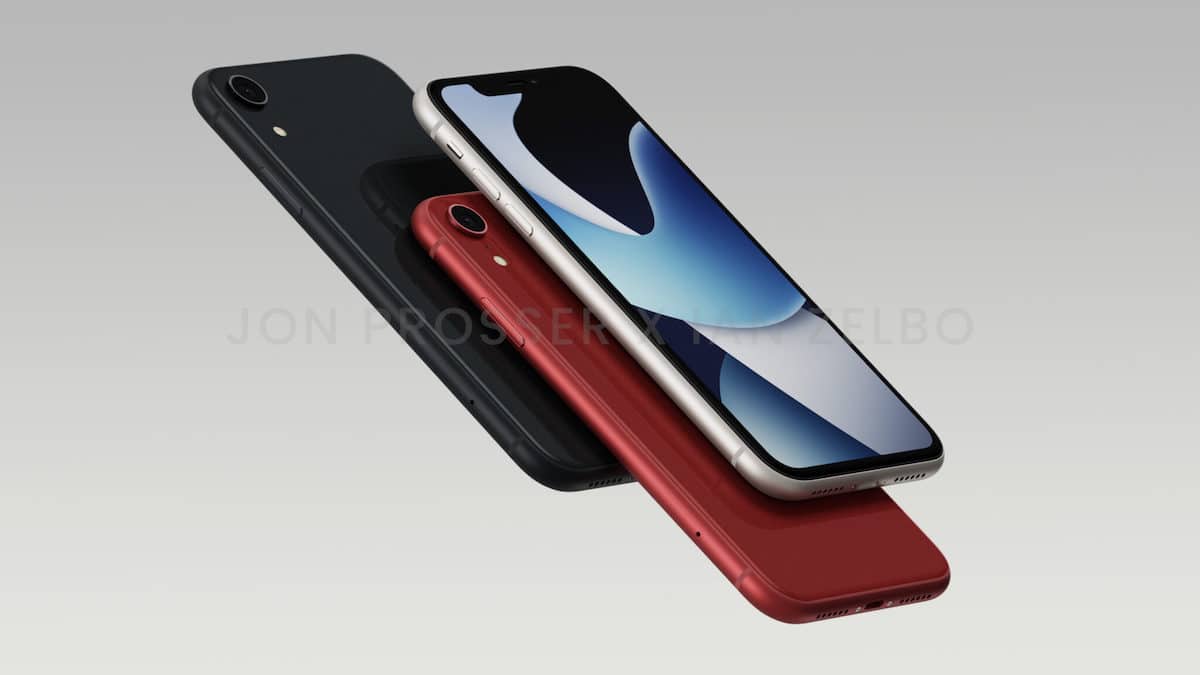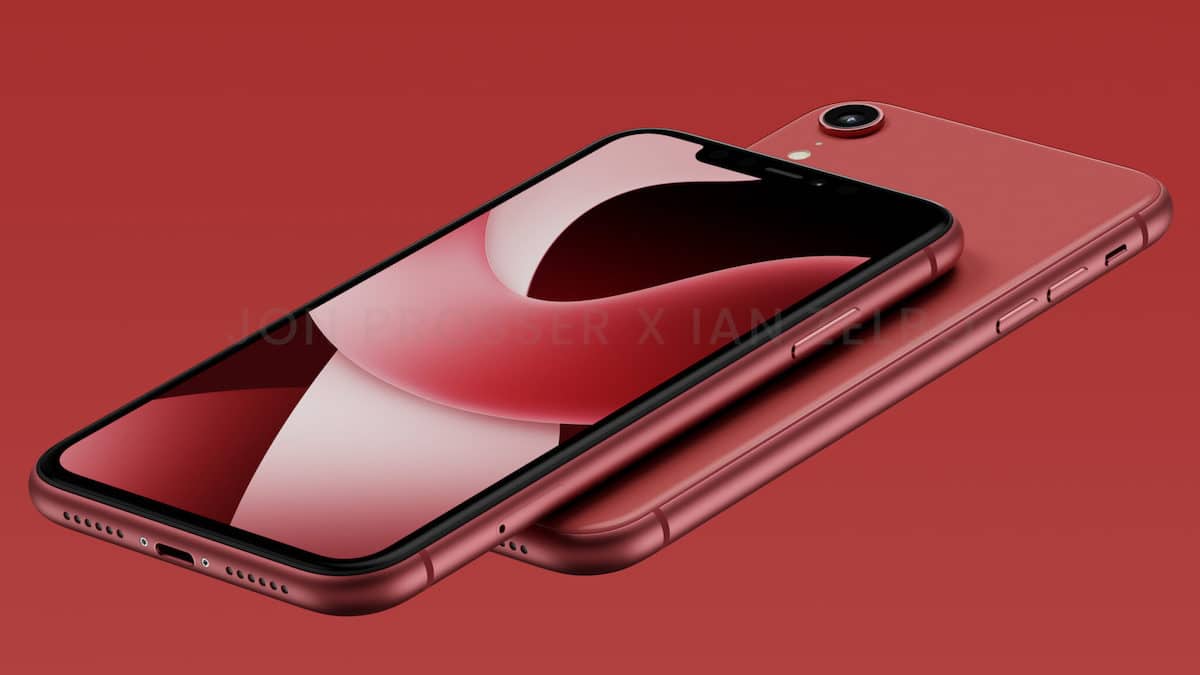Tech analyst Ming-Chi Kuo claims that Apple has started work on the next-generation iPhone SE 4 which will feature major updates like an OLED display and a custom 5G chip.
[Update, April 12, 2023: Tech analyst Jeff Pu claims that the new iPhone SE 4 with a custom 5G modem will debut in 2025. Apple’s long-term chip partner, TSMC will manufacture Apple’s own 5G modems for the entry-level iPhone.
Previously, it was reported that iPhone SE 4 would launch in 2024.]
To offer a low-cost model to consumers, Apple introduced iPhone SE (first-generation) in 2016 which features thick bezels, and a Home button with Touch ID. With minor design changes, the company launched iPhone SE 2 in 2020 with an advanced A13 Bionic chip, an improved camera system, and more.

In March 2022, Apple launched iPhone SE 3. Starting from $429, the third-generation iPhone SE has the same design language as its predecessor second-generation iPhone SE but features an advanced A15 Bionic chip, 4.7-inch LCD display, 5G support (sub-6 GHz), 12MP wide main camera and 7MP front camera, Touch ID and more.
However, the model did not perform well maybe because it featured the same design language as the 2020 model and fewer updates. Only a few weeks after launch, it was reported that Apple had cut its production by 20% due to weak demand.
The upcoming model is expected to finally receive a major design upgrade with an OLED screen with a notch to support Face ID, iPhone XR like design, and more.]
iPhone SE 4th-generation will be like the 6.1-inch iPhone 14
Aiming to impress consumers with the next-generation entry-level model, it was speculated that the upcoming iPhone SE 4 would feature the iPhone XR design, a 00faster processor, and even an in-house 5G chip to keep the cost low.
Earlier this year, Kuo said that the new iPhone SE was canceled because the development of its custom 5G chip did not go as planned and the company would have to use Qualcomm’s 5G modems. Now, he claims that it is back on track for the 2024 release with major changes.
In his latest series of Tweets, he wrote the upcoming iPhone SE 4 will be equipped with an in-house 5G baseband chip but it will only support sub6GHz 5G connectivity, not the high-end mmWave 5G. All in all, it will be a slightly different 6.1-inch iPhone 14.
He added that iPhone SE 4th generation will feature an OLED display instead of an LCD display and is expected to launch in 2024.
My latest survey indicates that Apple has recently restarted the iPhone SE 4, which will feature an OLED display instead of an LCD, as the biggest change. Overall, the SE 4 is a minor modification of the 6.1-inch iPhone 14.

Although it is unclear if Apple will use the custom 5G chip in iPhone 16 series, it still hints at a major decline in Qualcomm’s Apple orders in the future because the company is expected to use an in-house 5G chip in the 2024 iPad and Apple Watch models.
It’s still being determined whether the iPhone 16 series will use Apple’s 5G baseband chip. The main challenge lies in whether Apple can overcome the technical obstacles related to mmWave and satellite communications.
Nevertheless, once the SE 4 starts using Apple’s 5G baseband chip, it’s a foregone conclusion that Qualcomm’s Apple orders will decline significantly in the foreseeable future.
This move will benefit Apple’s hardware gross margin, while Qualcomm’s Apple business will decline significantly in the next 2-3 years.
In 2019, the Cupertino tech giant acquired Intel’s smartphone modem business to develop its own cellular modem and reduce dependence on third-party manufacturers like Qualcomm.
Read More: